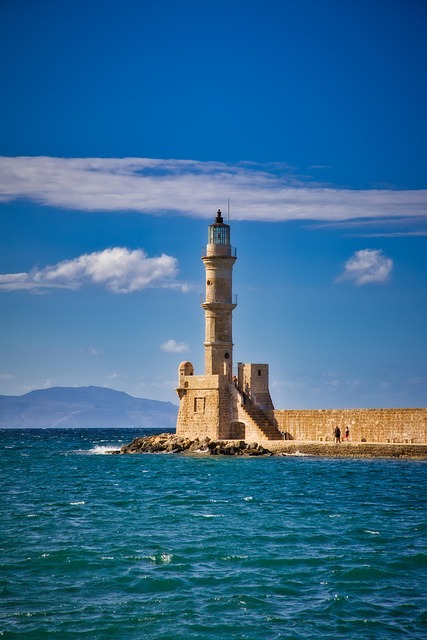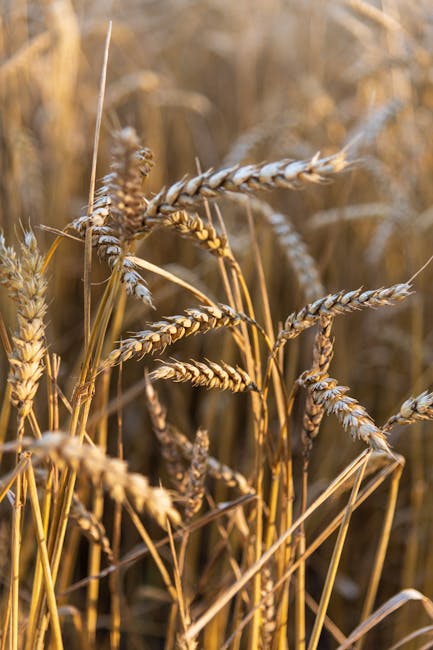This article was produced by National Geographic Traveller (UK).
Travellers have long been drawn to Greece’s largest island, both for the richness of its past and the beauty of its landscapes. In Chania, the two collide. Built on the site of an ancient Minoan settlement founded in 3650 BCE, the city lies surrounded by some of Crete’s most impressive natural sites — from the vertiginous cliffs of Samaria Gorge National Park to the pink sands of Elafonisi, regularly voted one of the world’s most beautiful beaches.
Chania has changed hands many times over the centuries, and today its old town is punctuated by monuments left by Roman, Byzantine, Venetian and Ottoman conquerors. Take the 17th-century Mosque of Kioutsouk Hasan, the city’s last surviving Turkish-era temple. Its pink domes are watched over by Firkas Fortress, which was created to fend off enemy ships back when Chania served as the Cretan capital under Venetian rule. Not far from these hulking battlements, the Maritime Museum of Crete offers insights into the island’s nautical history.
The past is everywhere in the old town, but a recent influx of students and travellers means a more modern flavour has started to flourish among its labyrinthine streets. A good example is Oinoa, an intimate restaurant overlooking the harbour. Local Cretan wines are paired with forward-thinking Mediterranean dishes like beef carpaccio with smoked mozzarella cream. It’s a great spot for a sundowner, too.
Come daybreak, expect to hear the singsong greeting of kalimera as freddo cappuccinos (a Greek speciality) are set upon harbourside tables for breakfast, followed by plates of Cretan cheeses and thick, honey-topped yoghurt. It’s tempting to spend the first portion of the day in typical Cretan style — with a long breakfast that stretches until midday — but Chania’s fruit stalls beckon. The 43,056sq ft municipal market on Chatzimichali Giannari has been closed for renovations since 2022, though the city’s streets still thrum with locals and visitors four times a week. Locations vary, but Saturdays at Minoos Street Market are best. You’ll find local honeys and preserves in abundance, along with tables piled high with melons, cherries, oranges and nectarines, creating lines of colour that stretch into the distance.

Chania has changed hands many times over the centuries, and today its old town is punctuated by monuments left by Roman, Byzantine, Venetian and Ottoman conquerors.
Photograph by joe daniel price, Getty Images
After a day exploring, the city’s tavernas provide the ideal bookend. The Well of the Turk is one of the old town’s most scenic dinner spots. Set in Splantzia, or the Turkish quarter, it lies within a maze of quiet streets and minarets, its menu invoking four centuries of history. Standout dishes include slow-cooked lamb with couscous, and spicy prawns doused in ouzo. Pleasingly, as is the case in most restaurants in Greece, a dessert on the house and a shot of liqueur almost always follows.
Along with eating, the other quintessential late-night activity here is shopping. As the sky turns pink and orange over the ocean, peruse Sifaka Street for traditional Cretan knives: an age-old symbol of honour and craftsmanship passed down from generation to generation. Stroll the rest of the alleys and you’ll find numerous ceramic and jewellery boutiques selling soaps, olive oil and other local produce. A standout is To Meli, which sells hand-dried herbs whose perfume rests on the air long after sunset.
Shoppers’ efforts are rewarded at Authentico, an artisan ice cream parlour on neighbouring Daskalogianni Street, where bars, coffee roasters and organic foodstuffs abound. Live music — and of course raki — flow well into the early hours in this area. Both are at their best mere steps away at Adespoto taverna, where the sound of bouzoukis (lutes) fills an open-air dining area forged from the ruins of an old Venetian townhouse. Weary heads can be remedied by the prospect of a warm bougatsa (custard and filo pie) come morning.
Three highlights:
1. Old Venetian Harbour
All pastel-coloured townhouses, this promenade still serves as the old town’s main artery. Walk its length to reach the so-called Egyptian Lighthouse, first built by the Venetians before being rebuilt as a minaret by the Ottomans in the mid-19th century.
2. Bougatsa Iordanis
A short walk south from the port, Chania’s oldest bakery serves both a slice of Greek history and a breakfast staple, taking the first part of its name from the warm custard and filo pie that graces tables the country over each morning.
3. Lake Kournas
The beaches of Elafonisi and Balos are rightfully beloved among visitors to Crete, but Lake Kournas —some 45 minutes from Chania by car — is an even more tranquil spot. Hire a pedalo and take a spin around its glimmering waters. On a good day, you’ll be able to spot fish and turtles swimming beneath.
Published in the September 2025 issue of National Geographic Traveller (UK).
To subscribe to National Geographic Traveller (UK) magazine click here. (Available in select countries only).



